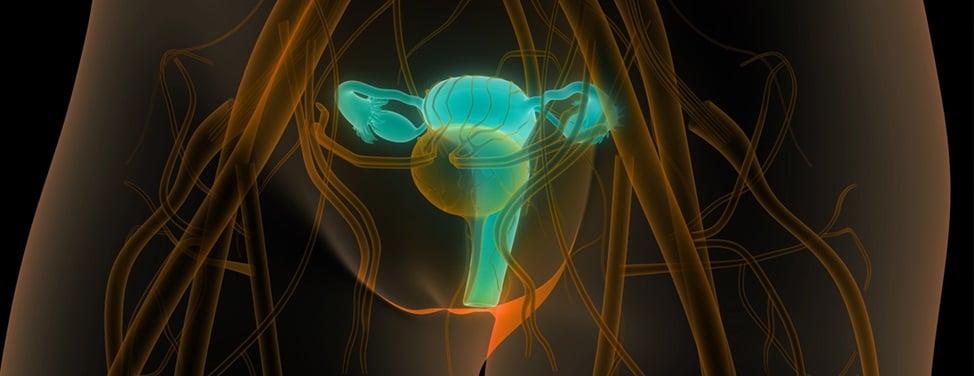
Bladder Training
Bladder training is an important form of behavior therapy that can be effective in treating urinary incontinence. The goals are to increase the amount of time between emptying your bladder and the amount of fluids your bladder can hold. It also can diminish leakage and the sense of urgency associated with the problem.
Bladder training requires following a fixed voiding schedule, whether or not you feel the urge to urinate. If you feel an urge to urinate before the assigned interval, you should use urge suppression techniques — such as relaxation and Kegel exercises.
As success is achieved, the interval is lengthened in 15- to 30-minute increments until it is possible to remain comfortable for three or four hours. This goal can be individualized to suit each woman's needs and desires.
Keeping a diary of your bladder activity is very important. This helps your health care provider determine the correct place to start the training and to monitor your progress throughout your program.
Bladder Retraining Instructions
- Empty your bladder as soon as you get up in the morning. This act starts your retraining schedule.
- Go to the bathroom at the specific times you and your health care provider have discussed. Wait until your next scheduled time before you urinate again. Be sure to empty your bladder even if you feel no urge to urinate. Follow the schedule during waking hours only. At night, go to the bathroom only if you awaken and find it necessary.
- When you feel the urge to urinate before the next designated time, use "urge suppression" techniques or try relaxation techniques like deep breathing. Focus on relaxing all other muscles. If possible, sit down until the sensation passes.
If the urge is suppressed, adhere to the schedule. If you cannot suppress the urge, wait five minutes then slowly make your way to the bathroom. After urinating, re-establish the schedule. Repeat this process every time an urge is felt. - When you have accomplished your initial goal, gradually increase the time between emptying your bladder by 15-minute intervals. Try to increase your interval each week. However, you will be the best judge of how quickly you can advance to the next step. Increase the time between each urination until you reach a three- to four-hour voiding interval.
- It should take between six to 12 weeks to accomplish your ultimate goal. Don't be discouraged by setbacks. You may find you have good days and bad days. As you continue bladder retraining, you will start to notice more and more good days, so keep practicing.
- You will hasten your success by doing your pelvic muscles exercises faithfully every day. Your diaries will help you see your progress and identify your problem times.
The Center for Urogynecology and Women's Pelvic Health is here to help and support you. Be sure to keep your regularly scheduled visits. If you need more help, medication and other treatments are available and may be useful.
UCSF Health medical specialists have reviewed this information. It is for educational purposes only and is not intended to replace the advice of your doctor or other health care provider. We encourage you to discuss any questions or concerns you may have with your provider.









